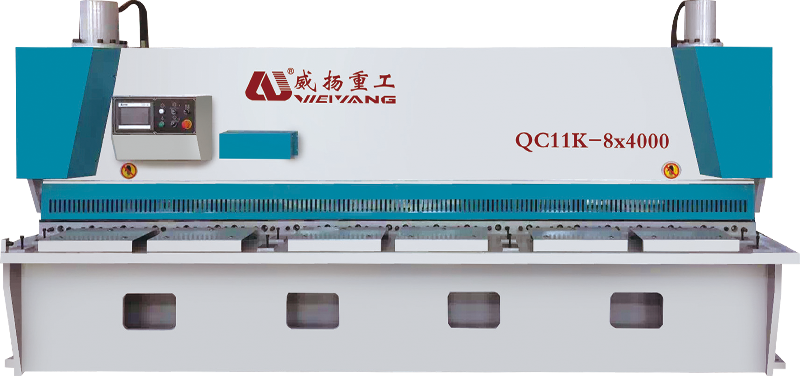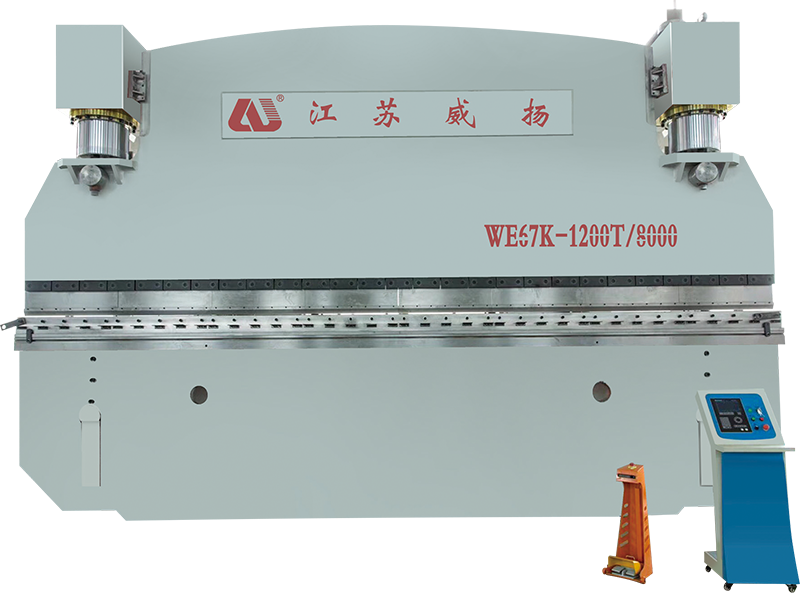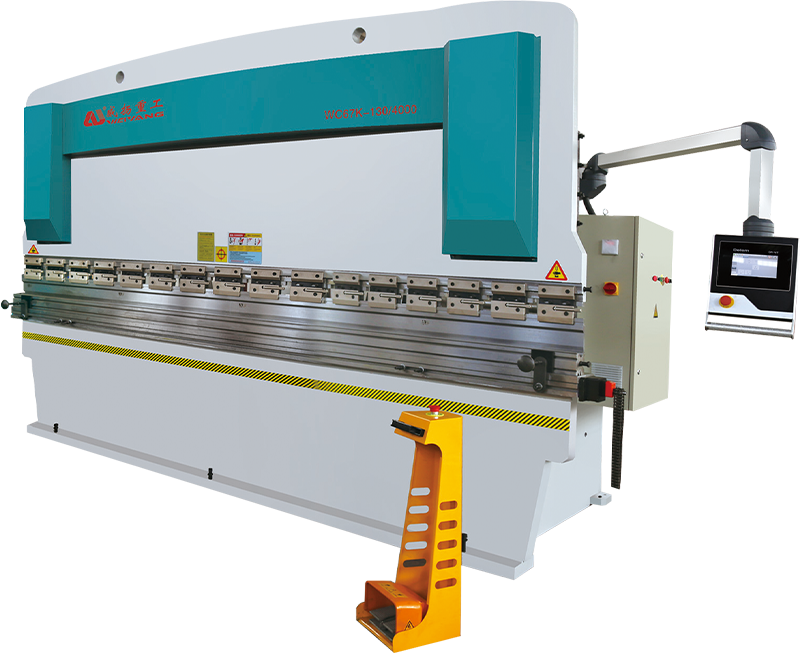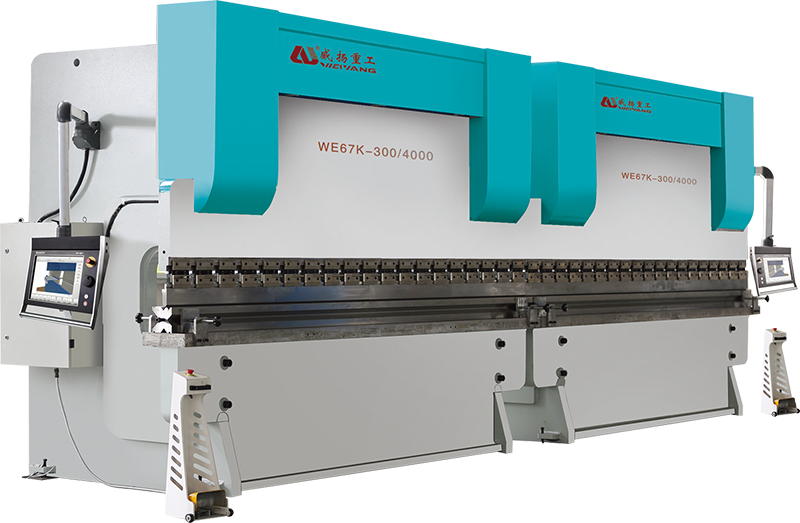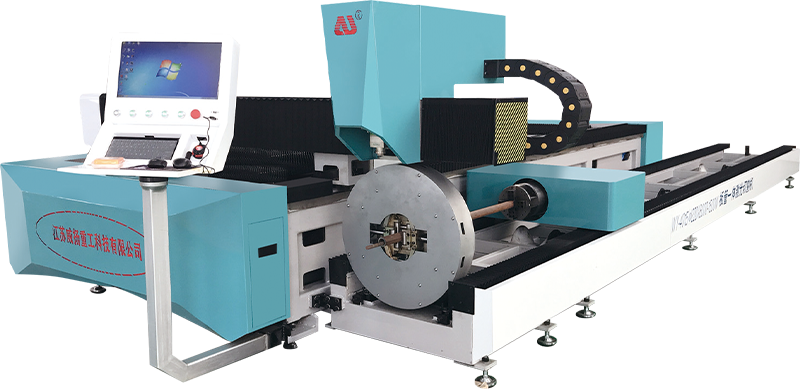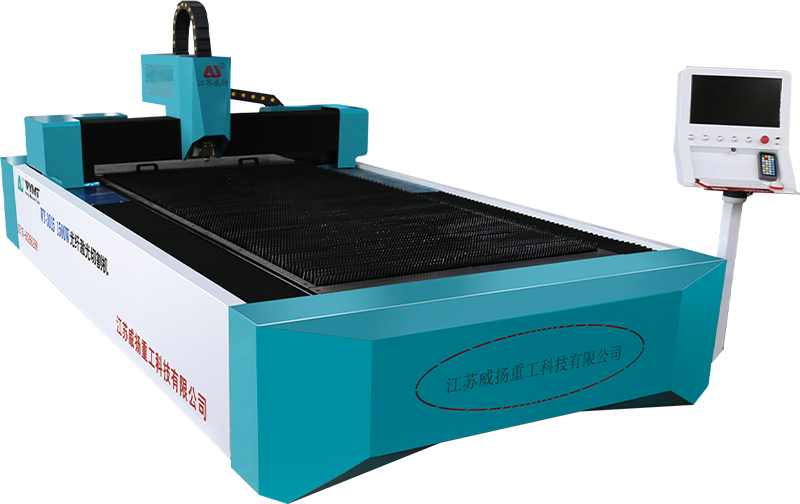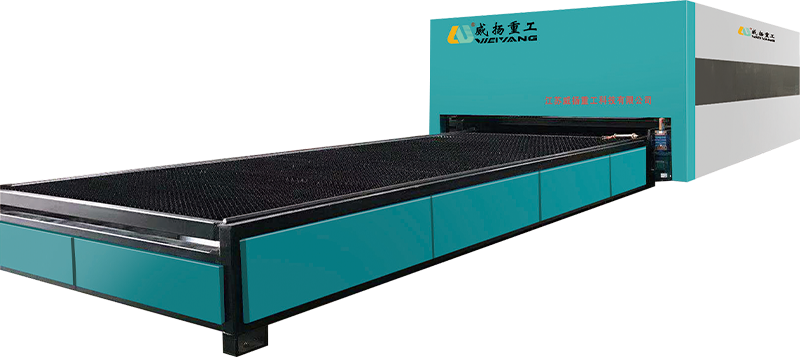What is the role of the CNC hydraulic shearing machine’s back gauge system, and how does it improve cutting repeatability?
The back gauge system in a CNC hydraulic shearing machine ensures precise material positioning before each cut, which is crucial for the quality and consistency of the shearing process. The CNC control system automatically adjusts the back gauge based on the programmed cutting parameters, aligning the material with high accuracy. The machine can process different sheet sizes and thicknesses, adjusting the back gauge position accordingly. By automating this process, the back gauge eliminates human error in material placement, ensuring that each sheet is positioned at the same location for every cut. This precision is vital in industries that require highly accurate cuts, such as metalworking, automotive parts fabrication, and electronics manufacturing, where even slight misalignment could result in defective products or the need for rework.
One of the key advantages of CNC-controlled back gauge is its ability to reproduce cutting lengths with high repeatability. Once the operator sets the desired cutting length, the back gauge automatically positions the sheet material with the same precision for every subsequent cut, ensuring identical dimensions for each piece. This is particularly beneficial in mass production environments where consistent dimensions are crucial for product uniformity. The ability to program and store different cutting lengths also allows the machine to switch between various sizes without requiring manual adjustments, thus increasing productivity and reducing downtime. The result is consistent part quality across multiple production cycles, leading to greater efficiency and reduced material waste.
The back gauge system not only positions the material in terms of length but also plays a crucial role in ensuring consistent shearing angles. The shearing angle, which is the angle between the blade and the material being cut, is a key factor in achieving a clean, precise cut. In CNC hydraulic shearing machines, the back gauge can be programmed to maintain specific angles for each cutting operation. By accurately positioning the sheet material and ensuring the appropriate shear blade angle, the back gauge system minimizes the risk of distortion or burr formation on the edges of the material. This level of precision is particularly essential when working with materials like stainless steel, aluminum, or high-strength alloys, where slight variations in angle can lead to poor cut quality and compromised structural integrity.
Manual positioning of the sheet material leads to variability in the quality of cuts due to operator fatigue, inconsistent measurements, or human oversight. The CNC-controlled back gauge system mitigates these issues by automating the material positioning process, ensuring that each sheet is aligned precisely with the machine's cutting blade. The system’s ability to adjust the back gauge to specific measurements without requiring human intervention reduces the chances of misalignment, incorrect cutting lengths, or inconsistent cut quality. This automation leads to a more reliable and repeatable process, which is critical in high-volume production environments where consistency and accuracy are paramount.
With the back gauge system ensuring precise material positioning and repeatable cutting, the overall efficiency of the CNC hydraulic shearing machine is significantly improved. The back gauge eliminates the need for constant manual adjustments, allowing the operator to focus on other aspects of the production process. The system can automatically adjust for different material thicknesses, widths, and types, reducing setup time and minimizing downtime. This level of automation and precision allows the machine to operate at high speeds without sacrificing quality, resulting in higher throughput and greater overall productivity. In industries such as sheet metal fabrication, heavy manufacturing, or construction, where time-sensitive production schedules are common, the increased efficiency provided by the back gauge system can make a significant difference in meeting deadlines and maximizing output.






